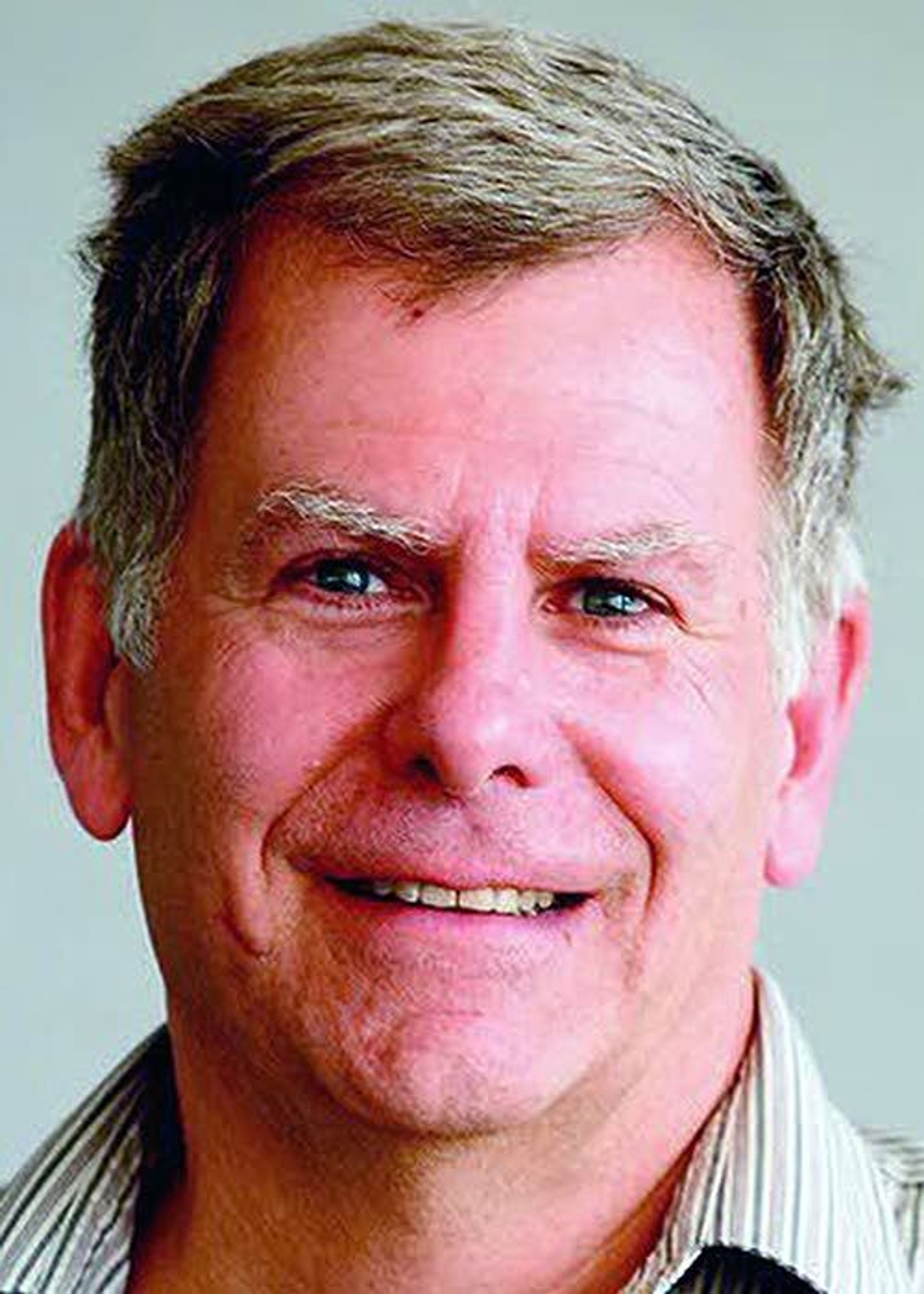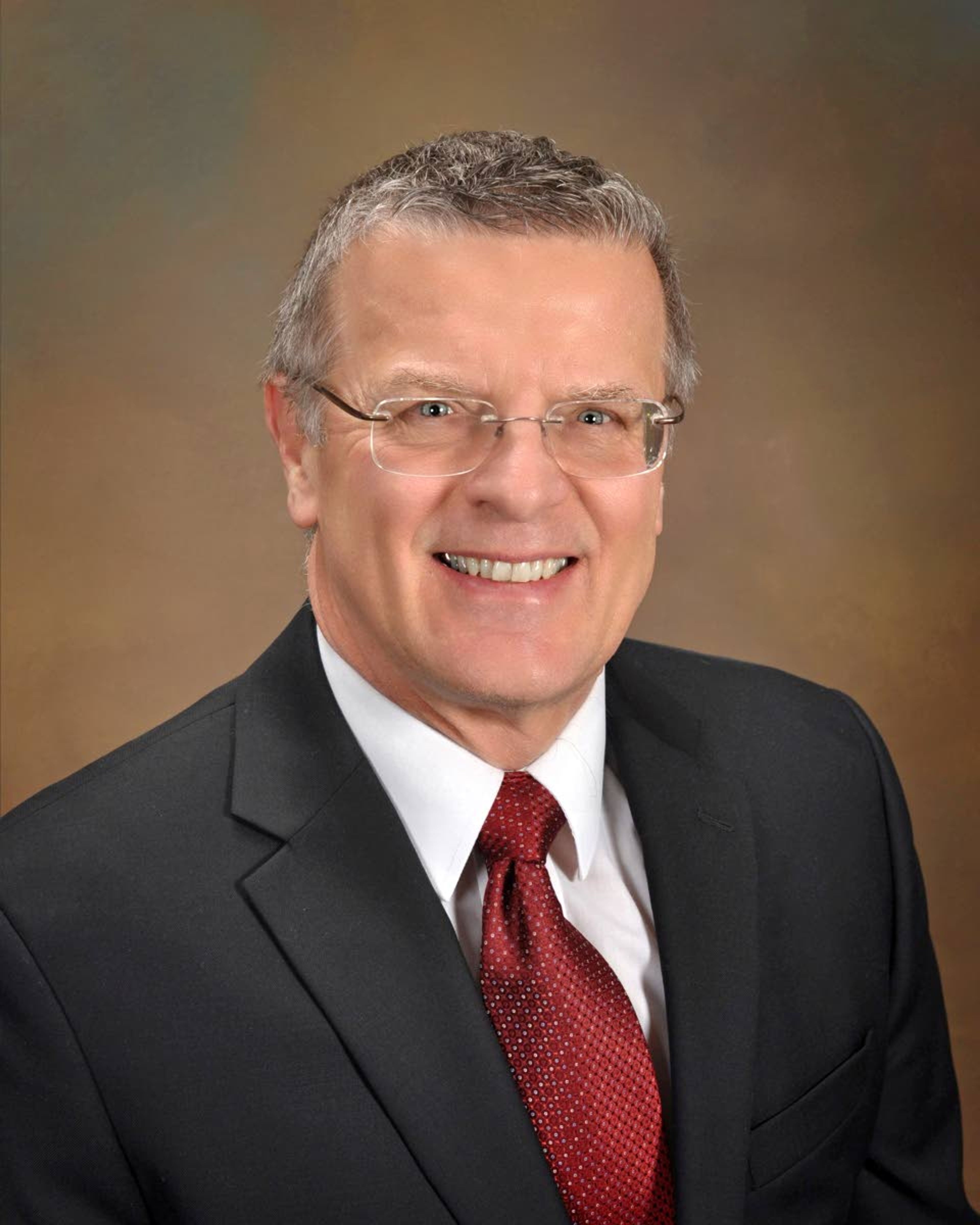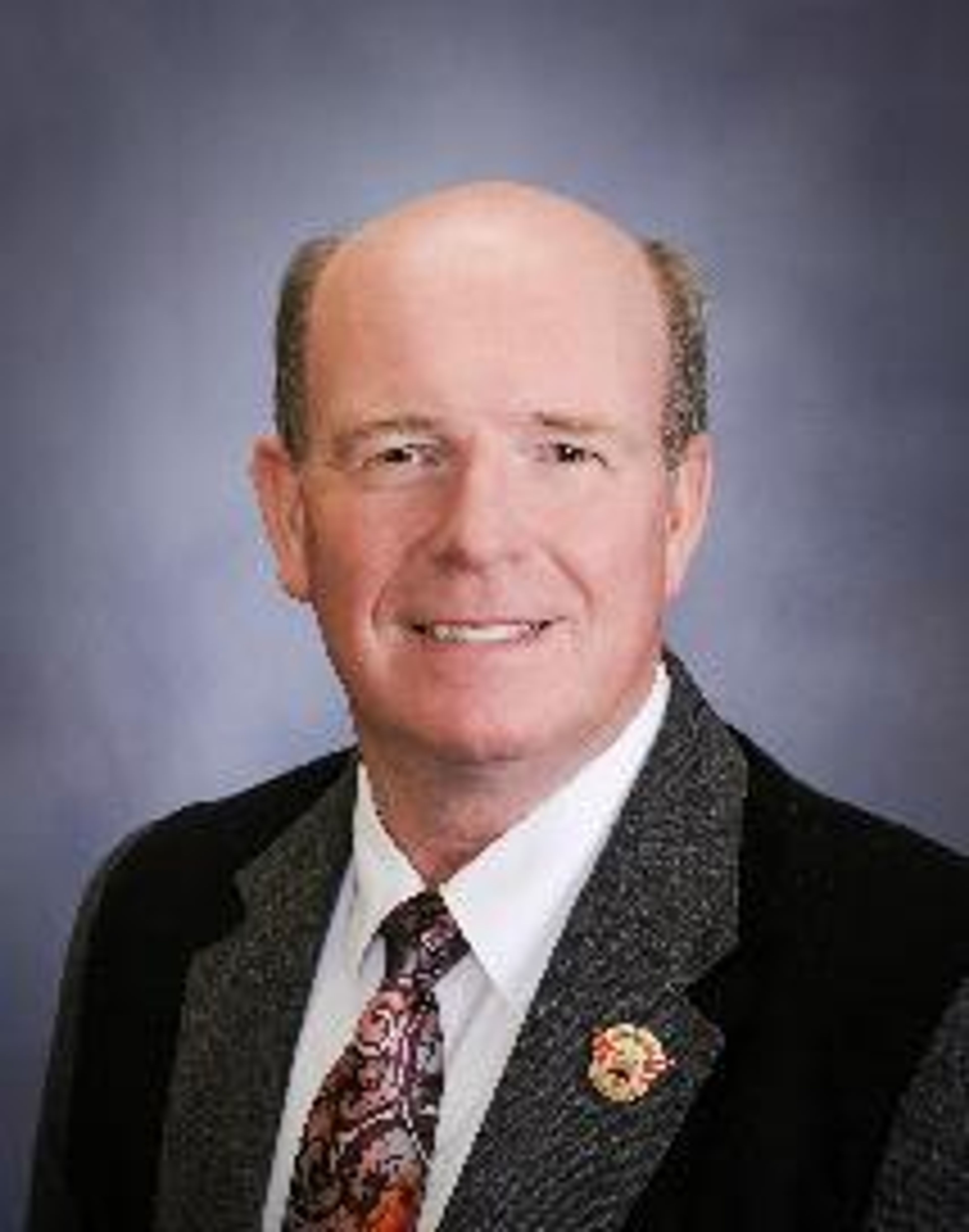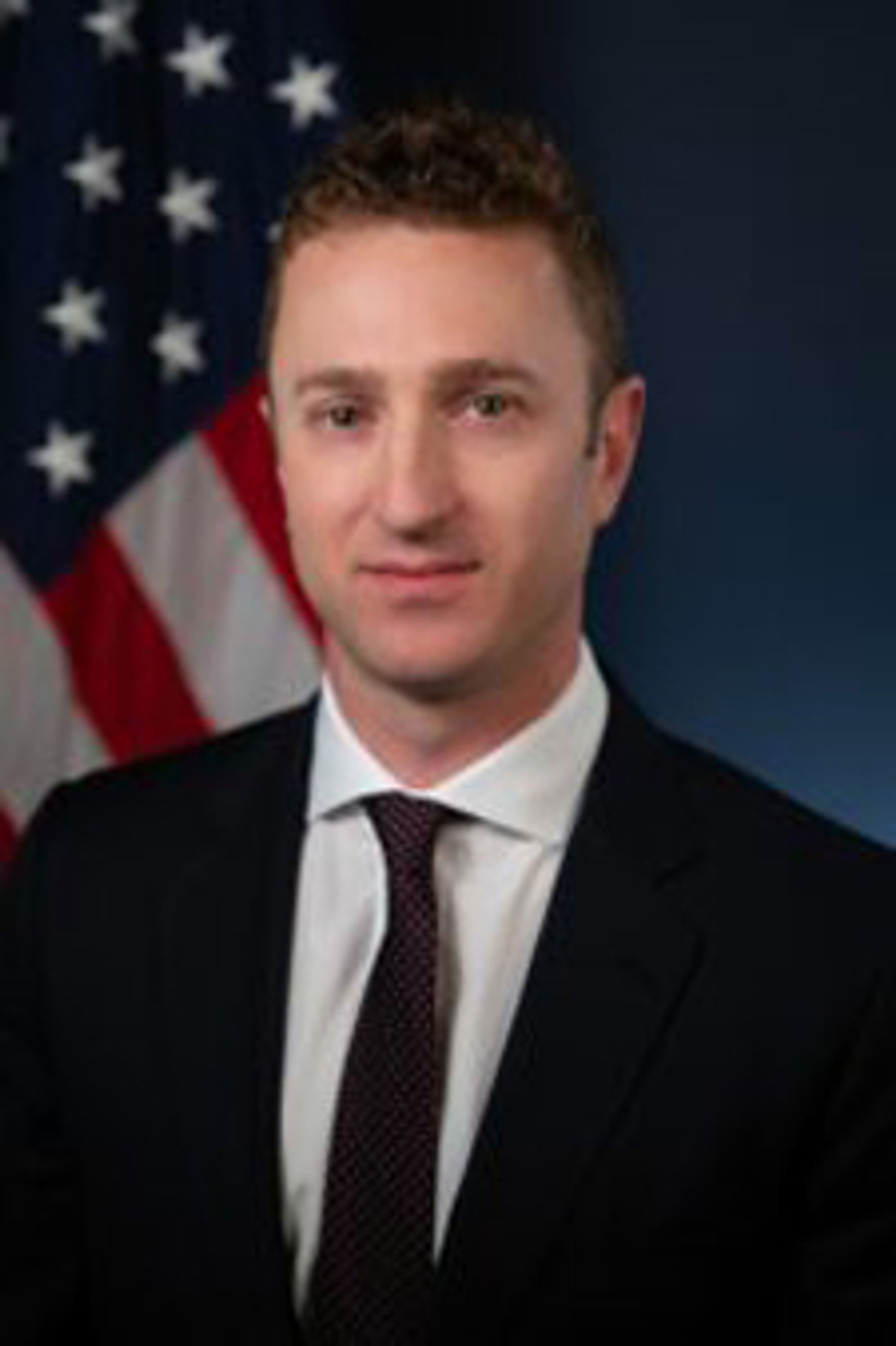Moscow council tables 5G tech
Current city code does not address small cell wireless facilities, which are eventually expected to be implemented on Palouse
Significant deployment of 5G networks — fifth generation wireless technology for cellular networks — started last year across the country and telecommunication companies will eventually launch the technology on the Palouse.
After lengthy discussion, the Moscow City Council on Monday night considered on first reading a draft ordinance that defines small cell wireless facilities, standards and installations. That means the council will consider approving the ordinance at its next council meeting (second reading) or potentially the meeting after that (third reading).
Councilor Art Bettge made a motion to approve the proposed ordinance under the suspension of the rules requiring three complete and separate readings and Councilor Gina Taruscio seconded the motion. Councilor Anne Zabala amended the motion, which the councilors passed, to consider the ordinance on first reading so she and the other councilors can ask additional questions and research other municipalities’ ordinances regarding small cell wireless facilities.
Moscow Planning Manager Mike Ray said as technology has evolved and wireless data demand has grown, existing towers have been overwhelmed with wireless data traffic. New 5G high-speed deployment will bring much higher data speeds and traffic.
To meet the increased need, telecommunications providers across the country are deploying new small cell installations, including antennas and transmission equipment, to accommodate the data demand, Ray said.
He said Moscow’s existing telecommunications code does not address small cell wireless facilities. There are also no design standards in the code that address aesthetic concerns regarding the facilities.
The draft small cell wireless facilities ordinance includes three categories of installations. They are: co-location upon existing structures in which antennas cannot extend more than 5 feet above and two feet horizontally; replacement of existing antenna support structures like light poles in which the replacement must be the same height as the pole, excluding top-mounted antennas; and new small cell wireless facility antenna towers which includes a 40-foot height limitation unless the Moscow Board of Adjustment approves a conditional use permit for a taller height.
Ray said new towers/poles would require a conditional use permit. Co-location is the placement of one or more antennas on an antenna support structure or the placement of an antenna on an antenna tower on which one or more antennas are already located.
Ray said the draft ordinance is intended to provide reasonable access to providers’ desired services, minimize visual clutter on utility poles, ensure installations do not obstruct sidewalks and roadways and do not interfere with light fixture function and create a permitting system that can facilitate processing applications within an allotted time period.
Under the Telecommunications Act of 1996, local jurisdictions have to provide telecommunications providers reasonable access within the public right-of-way and cannot effectively deny their ability to provide service, Ray said. Local governments are prohibited from regulating wireless communications facilities based upon radio frequency emissions and effectively prohibiting delivering telecommunications services.
Moscow Mayor Bill Lambert said most of the emails he received from residents about the new technology revolved around health concerns.
Ray said the Moscow Sustainable Environment Commission will continue to research and monitor the changing legal landscape on radio frequency emissions and potential health effects.
During the public hearing Monday, one resident spoke and asked the council to consider the proposed ordinance until at least the next meeting to allow time to review new information and to seek input from other city commissions.
Councilor Brandy Sullivan said this is “definitely a complicated issue” and that she is unsure if the draft ordinance includes everything possible to reserve as much local control as possible. “We’re completely hamstrung on this just by the federal legal requirements that we not deny service based on radio frequency health concerns,” Bettge said.
Garrett Cabeza can be reached at (208) 883-4631, or by email to gcabeza@dnews.com.







